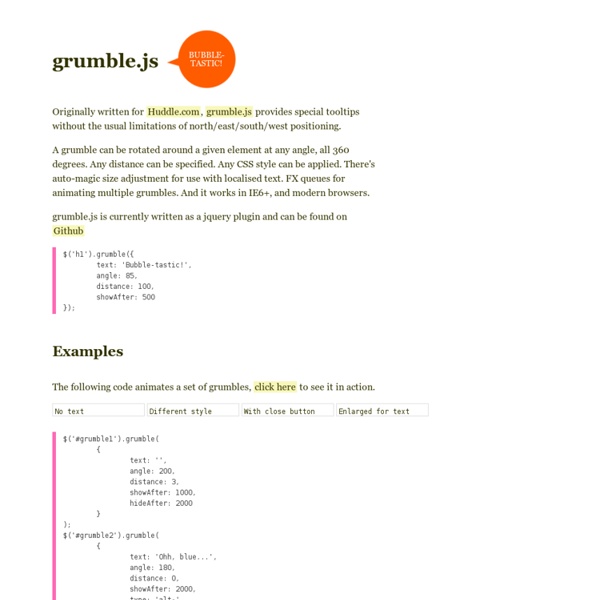



Chris Hildenbrand's Blog - 2D Game Art For Programmers - Part 1 [updated] {*style:<b>Introduction: </b>*} Creating your own art work is a necessity for most independent developers. Due to the budget restraints or in a lot of cases the complete lack of a budget a lot of young indie game developer can't afford to hire an artist or buy art assets. With the help of free software like gimp, inkscape, truespace, daz studio and vue pioneer (just to mention a few) combined with a basic understanding of art creation pretty much anyone can create impressive and professional looking results. I will try to start with some basic ideas and exercises to improve this kind of understanding. Let me start by clarifying some common believes when it comes to creating game at. No, you don't! For the full time game artist upgrading your tools to ' industry standards' makes sense. No, it won't. {*style:<i> "I can't do art. Yes, you can. Yes, you do. High Expectations: One of the main problems facing independent developers are the expectations they have themselves. Defining a theme: </b>*}
I love split testing Posted in Case Studies on April 7th, 2014 Company Bizztravel Wintersport, is a part of Bizz Travel Group, a leading online company in the Dutch travel industry. They create their own products and sell them directly to consumers through their websites. Bizztravel Wintersport particularly specializes in skiing holiday packages in the Alps. Test Information Company: Bizztravel Category: Travel Increase: 21.34% Goal: Visits to Thank you page Background Analysis of Google Analytics statistics showed that: Site search is used most often to search for ski village names (e.g. [...] 1 Comment » Posted in Conversion Optimization on April 1st, 2014 All of us want to increase our website conversion rate. 2 Comments » Posted in How To on March 25th, 2014 Every time you Google something, you’re likely to see an ad matching your query. 11 Comments » Posted in Case Studies on March 18th, 2014 Imagine yourself looking for the latest book by your favorite author on Amazon. 1 Comment » No Comments » 1 Comment »